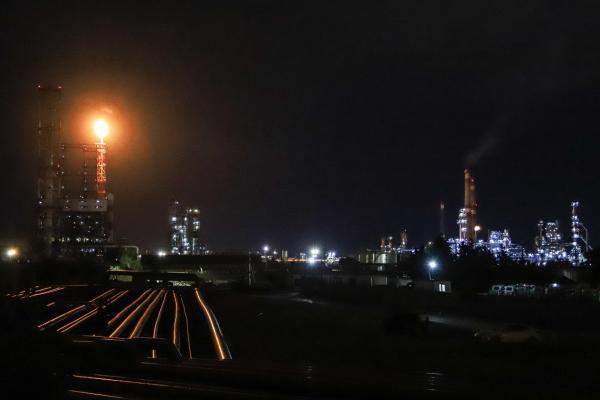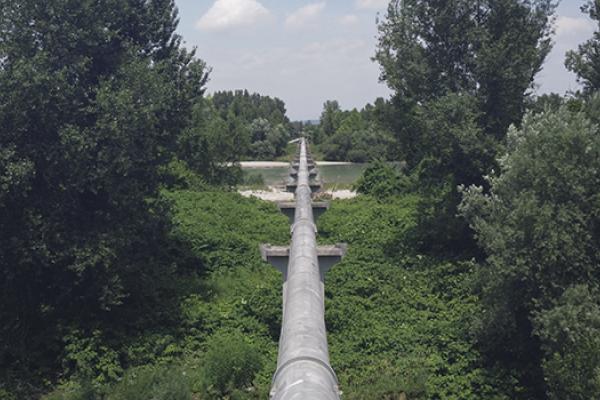The consortium, supported by 14 other media partners, spent over a year investigating flaring emissions emitted across 18 countries between 2012 and 2022, in what is the largest investigation to date on this topic.
Flaring, which consists in burning natural gas as part of the fossil fuel supply chain, is a key driver of climate change and comes at catastrophic costs for local biospheres and populations alike.
Using a hybrid approach that combined data work and field reporting, the consortium reveals that the flaring emissions are largely underestimated by the current international standards, and sometimes even underreported by multinationals themselves, such as BP, TotalEnergies and ENI.
Oxpeckers, Daraj and their partners – Al-Mirbad, Twala and NIRIJ – used this unique dataset on gas flaring to estimate the key “super-emitting” licences and further document the disastrous consequences for the local population in Angola, Iraq, Egypt, Tunisia and Algeria.
According to the World Bank and the U.S. Energy Information Administration, around 200 billion dollars of investments are needed to put an end to raw methane emissions and end routine flaring. This would make only 5% of the 4 trillions dollars of profits made by the global fossil fuel sector in 2022.
Meanwhile, flaring continues. 38 millions tons of CO2 equivalent have been emitted worldwide in 2023, more than the annual emissions of a country such as France for the previous year.
On the right: A burning flare on the side of the road in Shaikan province, Iraq. Imagy by Network of Iraqi Reporters for Investigative Journalism (NIRIJ) & DARAJ
















